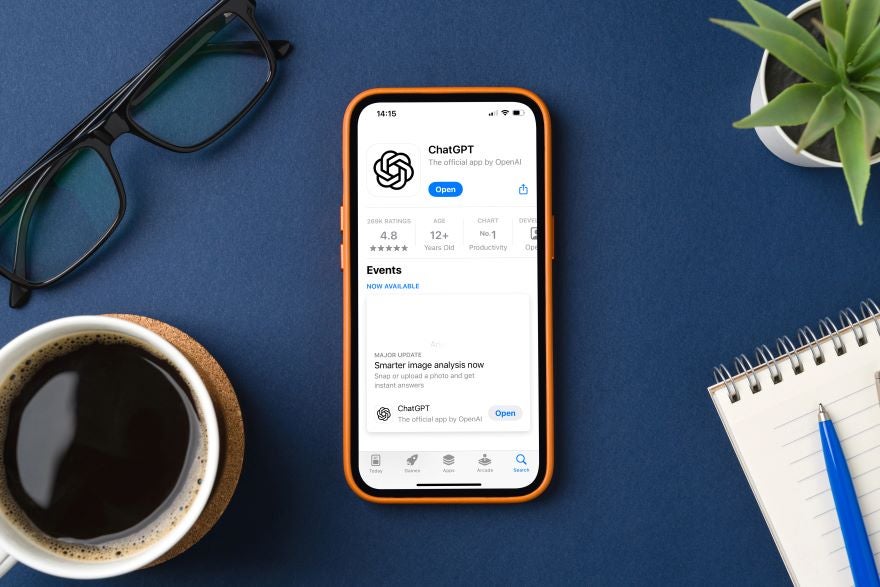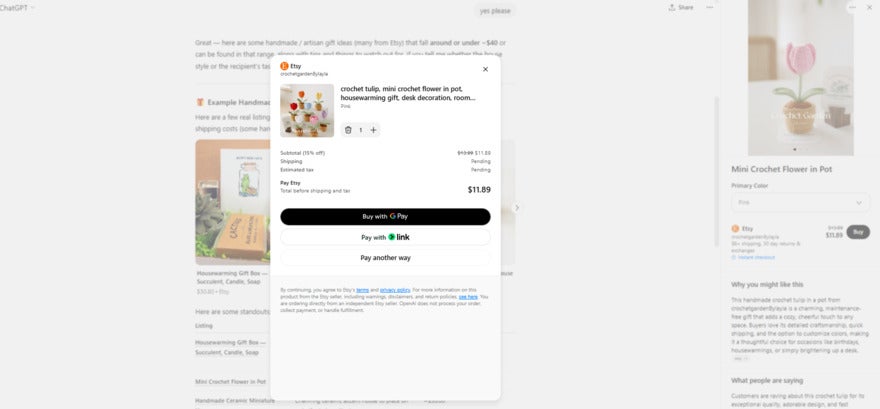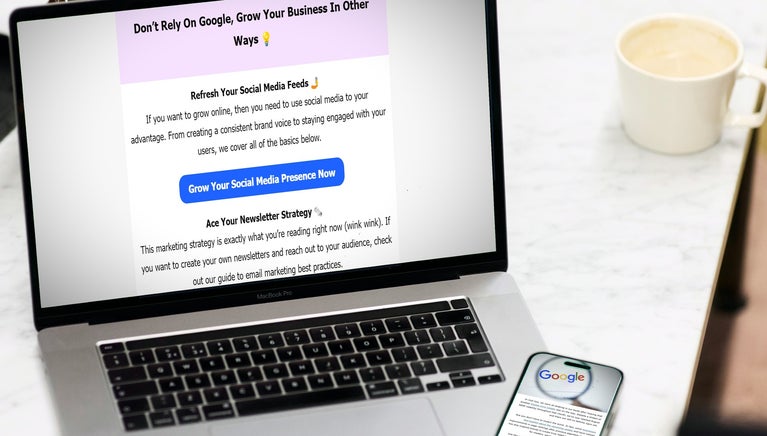ChatGPT Is the New Personal Shopper: Here’s How To Get Your Product Stocked
We may receive a commission from our partners if you click on a link and purchase a product or service on their website. Learn more

Since September 29, brands can now sell their products directly within ChatGPT conversations. Following the release of ChatGPT Agent in July, the Instant Checkout feature marks a step into the agentic commerce space.
In its early stages, Instant Checkout is only available to select merchants, and there are strict requirements for use. I’ll explain which stores can use it, what the setup process looks like, and share tips to increase your chances of ranking.
Key Takeaways 🔍
- Instant Checkout is currently available to US Etsy sellers and is coming soon to Shopify merchants
- To make your products appear, you need to use the Agentic Commerce Protocol, which is easiest to set up for merchants using Stripe
- OpenAI will take a small transaction fee for sales made through Instant Checkout
- When optimizing your product pages, ensure they use conversational keywords and show accurate product data
Sell Directly on ChatGPT
On September 29, OpenAI announced that businesses can now sell their products directly within ChatGPT conversations with Instant Checkout. This feature gives brands a chance to meet the 700 million weekly active ChatGPT users right where they want to buy, rather than leading them to external windows.
In the early stages, Instant Checkout is available to US Etsy sellers and only supports single-item checkout. However, OpenAI plans to expand checkout quantity and add over one million Shopify merchants in the future.
What Is Agentic Commerce?
Agentic commerce is a new approach to online shopping where an AI engine takes control of the entire purchase process. This includes researching, comparing, and purchasing a product without any manual intervention from the customer (after their initial request prompt).ChatGPT’s Instant Checkout still requires the customer to make the decision and complete the purchase. Still, OpenAI sees this as a “first step” towards agentic commerce, following on from Perplexity’s partnership with PayPal earlier this year.
How Does Instant Checkout Work?
When a user asks a shopping question, such as “Find me a gift for a movie lover under $40,” ChatGPT will scan online shops and offer personalized product recommendations. Products that support Instant Checkout will have a new “Buy” button, which users can tap to complete their purchase with a number of checkout options.
Buyers won’t be taken to your website at any stage of the process, and will checkout through the ChatGPT conversation.

Although ChatGPT facilitates the payment, sellers still manage the post-purchase process. This means orders made through ChatGPT will be processed in the same way as your existing orders, and you’re responsible for shipping products and communicating updates to your customers.
How Much Does Instant Checkout Cost?
Instant Checkout is free to use, although sellers will pay a “small fee” to OpenAI for every transaction facilitated by ChatGPT. However, Etsy has stated that these fees, nor fees for participating, apply to Etsy sellers at this time. For Shopify stores, we’ll update the page as soon as we know if any fees apply.
How Can I Sell on ChatGPT?
Sellers interested in adding Instant Checkout can fill out ChatGPT’s merchant application form, which requires basic business details, your inventory size (in terms of unique SKUs), and your site’s payment provider.
Brands deemed a suitable fit will be contacted when Instant Checkout becomes available, although a time frame hasn’t been specified.
What Do Etsy and Shopify Merchants Need To Do?
Etsy and Shopify sellers are automatically eligible for selling on ChatGPT and do not need to fill out a request form. However, Etsy merchants will need to enable Offsite Ads for their products to appear. If you sell on Shopify, you can sign up to be notified when it becomes available to you.Technical Requirements for Instant Checkout
ChatGPT’s Instant Checkout is powered by the Agentic Commerce Protocol (ACP), which enables ChatGPT to complete secure transactions. ACP already runs on Etsy and Shopify, which is why sellers on these platforms have little to no setup required.
All other ecommerce businesses will need to get their site ACP-ready – this is something you’ll be asked to commit to in the merchant application form. The process depends on your current payment processor:
- Stripe: ACP was built in partnership with Stripe, so this payment gateway is the most compatible. OpenAI states that merchants using Stripe can enable agentic payments “in as little as one line of code.”
- Other payment processors: While it’s possible to add the ACP to sites without Stripe, this must be done manually. Alternatively, these ecommerce sites can add Stripe’s new Shared Payment Token API.
Do I Need To Optimize My Product Pages?
Enabling Instant Checkout doesn’t guarantee your products will appear in conversations. When it comes to ranking, ChatGPT clarified:
“When ranking multiple merchants that sell the same product, ChatGPT considers factors like availability, price, quality, whether a merchant is the primary seller, and whether Instant Checkout is enabled, to optimize the user experience.”
With answer engines now able to influence purchase decisions and impact your profits, the importance of AI visibility is at an all-time high. Luckily, you can optimize your product pages for ChatGPT to boost your chances of ranking:
- Encourage reviews: ChatGPT creates an AI summary from product reviews. Asking for reviews that include long tail conversational keywords will help ChatGPT understand your product and match it to the right searches.
- Add product page FAQs: Anticipate questions users are likely to ask ChatGPT about your item and find ways to include them on product pages. FAQs are an easy way to integrate conversational queries naturally.
- Update your product details: For AI agents to confidently match your products to a variety of queries, ensure your pricing, inventory levels, and variants are accurate at all times.
- Track AI Visibility: Use AI tools, such as Wix’s AI Visibility Overview, to track how often your site appears in ChatGPT, what prompts it appears for, and the sentiment of mentions. This will help you know which pages need the most attention and the types of keywords to optimize for.
Should You Sell on ChatGPT?
Using ChatGPT’s Instant Checkout will give you a new sales channel with a huge weekly user base. However, while you’ll gain a lot of visibility, you’ll lose control over the way your brand is presented and the customer relationship.
Even though you’re in control of the order fulfillment process, a buyer might not register who they have bought from and could think of it as buying from ChatGPT.
That said, for small businesses without a large amount of brand awareness, it’s a great way to benefit from impulse buys from users who may not have found your website directly.
Google is no longer the only place consumers shop online, so adapting your product pages for AI will help you appear in alternative search engines and diversify your selling channels.





Leave a comment